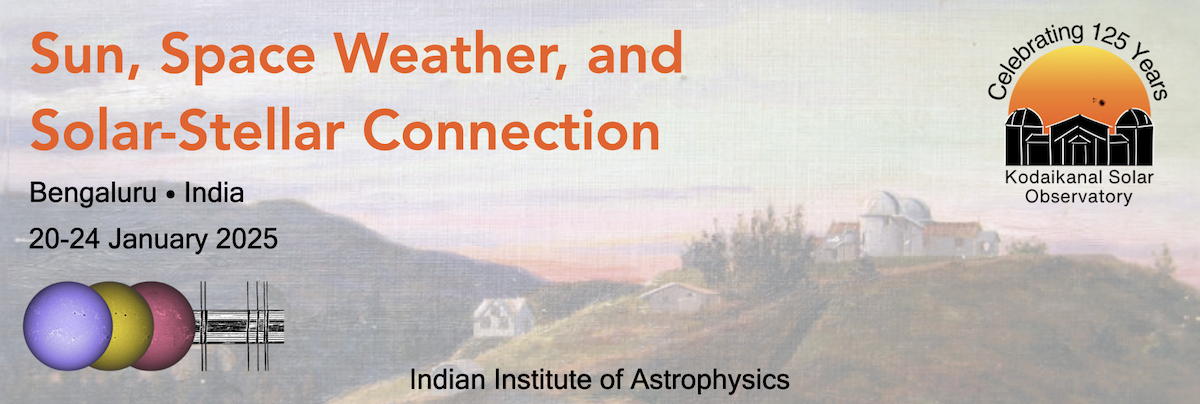Speaker
Description
Coronal seismology, an essential tool for diagnosing the physical conditions of the solar corona has gained significant attention due to its ability to probe the solar magnetic field and plasma properties through the study of magnetohydrodynamic (MHD) waves in coronal loops. The oscillating signature of these loops, the key features of the solar corona have been extensively observed through both ground-based instruments like CoMP (Coronal Multi-channel Polarimeter) and space-based missions such as TRACE, SDO, Solar Orbiter, and Parker Solar Probe. These high-resolution observations have revealed a variety of oscillatory phenomena within the loops, providing the foundation for modelling them using one dimensional cylindrical geometry. This geometric approach has proven to be particularly effective in the study of magnetohydrodynamic (MHD) waves in structured magnetic environments. Over the past two to three decades, considerable theoretical efforts have been focused on analyzing both trapped and leaky mode waves in ideal plasmas. However, studies of MHD waves in non-ideal plasmas—incorporating dissipative mechanisms like viscosity and resistivity—remain limited, particularly concerning trapped modes. While leaky modes in non-ideal plasmas is still under investigation. This study addresses this gap by investigating both trapped and leaky mode waves in non-ideal plasmas, using transport coefficients as a primary damping mechanism. We developed a generalized dispersion relation for these modes within a cylindrical geometry by modifying the boundary conditions to accommodate them together. This theoretical framework enables the calculation of critical diagnostic parameters, including period, damping time, magnetic field strength, density contrast, and Q-factor, which are essential for coronal seismology. The above said formulation would be tested to the observational finding of the latest solar missions e.g., Hinode, SDO, Solar Orbiter, and Parker Solar Probe. This work would enhance the utility of magneto-seismology in diagnosing solar atmospheric conditions, particularly by offering new insights in the role of viscosity and other non-ideal effects in wave damping and coronal heating processes.
| Contribution Type | Poster |
|---|---|
| Theme | Solar Magnetism in High-Resolution |

